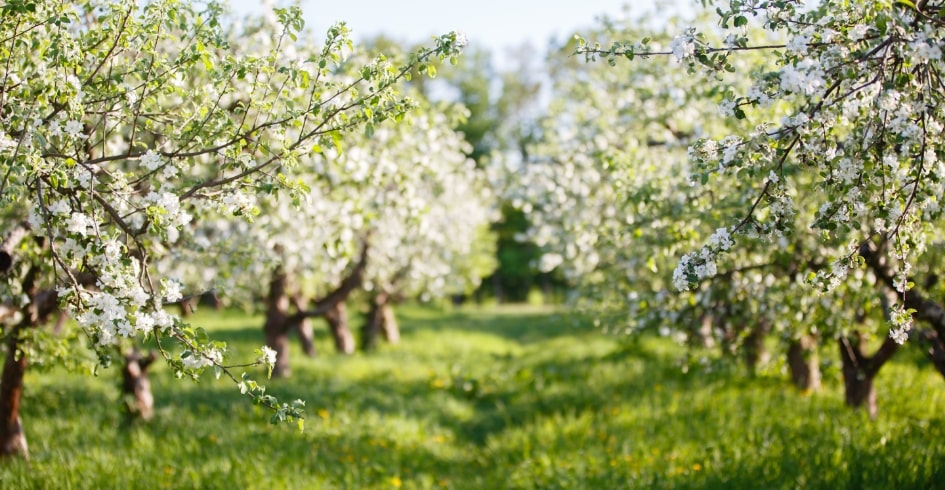In the EU, the main producers of apples are Poland, Italy and France, of which Poland, thanks to the largest orchard area in the European Union and enviable high export results, is called the “Orchard of Europe”. The production of apples from local apple orchards in 2022 was estimated at approx. 4.2 million tons, i.e. about 5% more than in 20211. Thanks to such production results, Poland is the undisputed king of apple export in the EU.
Italy is second on the podium, and France is awarded the bronze medal in this respect2. For more detailed economic information on apple export, download our special report.
For many years, Russia was the main importer of apples from the territory of the European Union. Unfortunately, due to the embargo on European fruit imposed in 2014, we were forced to look for new markets. Since much of the production focused on the needs of the Russian customer was cut off, the countries of North Africa and Central Asia turned out to be excellent partners in this regard. In the last 6 years, a steady decline in the value of export of fresh apples to Egypt from countries outside the European Union (including Syria, Lebanon) has been noticeable. This creates a great opportunity for EU countries, including Poland, as the largest exporter of these areas. The Egyptian and Jordanian markets thus have a great chance to increase the consumption of apples from the EU.
Poland, as a leading producer of apples, and the remaining three export countries also have a very large potential for production growth in this sector. Unfortunately, it is largely dependent on the weather that is beyond anyone’s control. Spring frosts, drought, torrential rain or hail are the main factors determining the size and quality of crops. In Poland, due to the variability of the temperate climate, the conditions are particularly difficult and they make it difficult to plan crops in a given season. However, this does not change the fact that in the last 6 years, in the worst year of 2017, production in Poland was at the level of 2.4 million tons - and in the best year of 2021 - 4 million tons3.
1 https://stat.gov.pl/obszary-tematyczne/rolnictwo-lesnictwo/uprawy-rolne-i-ogrodnicze/wstepny-szacunek-glownych-ziemioplodow-rolnych-i-ogrodniczych-w-2022-roku,3,16.html
2 https://ec.europa.eu/info/sites/default/files/food-farming-fisheries/farming/documents/apple-dashboard_en.pdf
3 https://appsso.eurostat.ec.europa.eu/nui/submitViewTableAction.do
